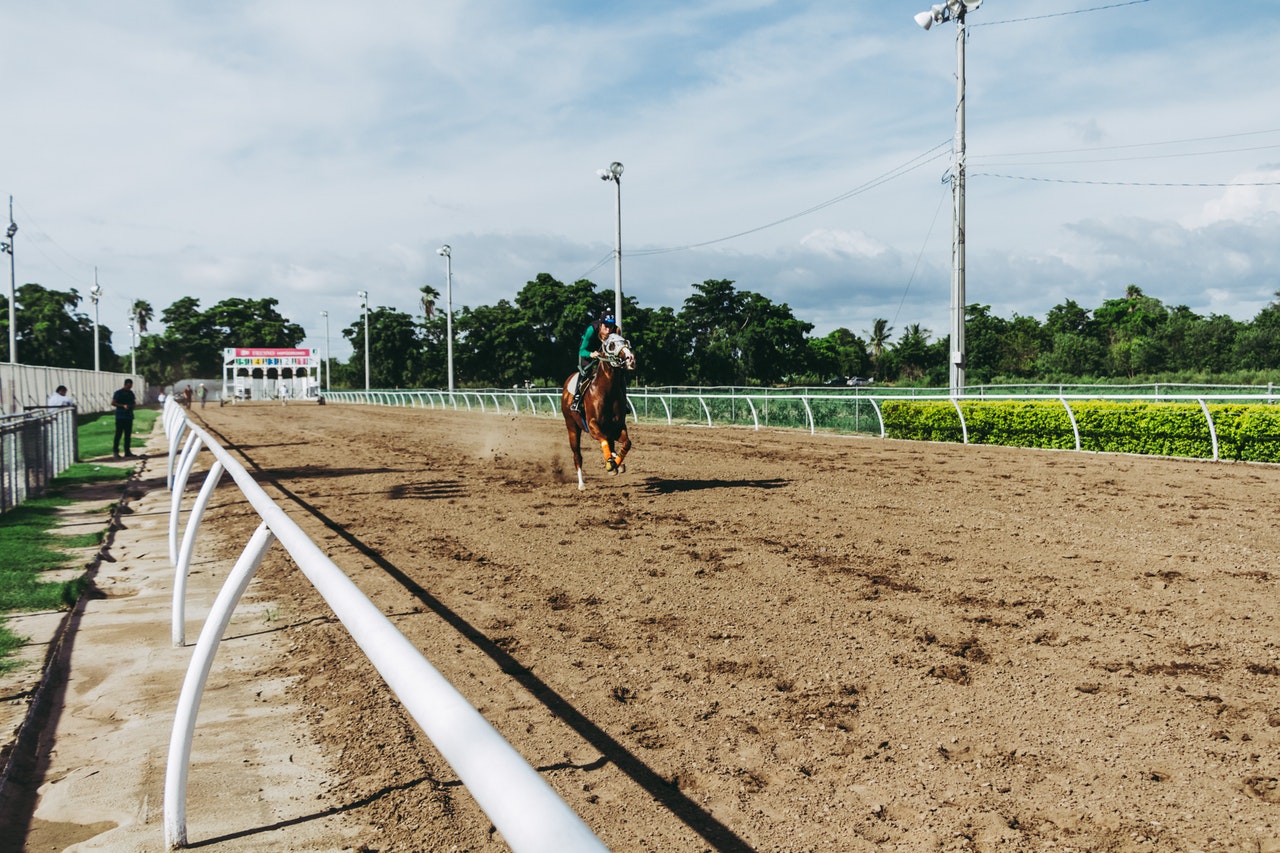Heading to watch horse racing? You need to know these key horse racing terms…
For those new to horse racing, the terminology can feel like an entirely new language. With so many terms, jargon and unusual phrases, it can be hard to know what’s going on. Before you head to any of the sport’s top events taking place this year, it’s important to have a grasp of the key terms so you know exactly what’s happening – these are some of the key horse racing terms to take note of.
 1. Flat Racing
1. Flat Racing
First on our list of key horse racing terms is flat racing. Flat racing is a type of horse racing run on a level racecourse. These types of races are run using a predetermined distance and are measured in furlongs of up to three miles. A furlong equates to 201m or an eighth of a mile. The most famous of this type of race is Royal Ascot which has eight Group One races taking place over the course of five days. There are also tones of betting guides you can get your hands on if you’re thinking of betting
2. National Hunt
National Hunt racing is also known as jumps racing and is one of two racing codes – the other being flat racing. This type of racing is best-known in the UK compared to elsewhere in the world.
3. Classifications
With more than 15,000 race horses trained in the UK alone, classifications are used to help separate them and determine a horse’s quality, value and prestige. The classifications are separated into Group One, Group Two, Group Three and Handicap races. Group One is the highest classification for flat racing and these races attract the very best horses and the largest prizes for winners.
4. Handicaps
There are seven classes for handicap races which are used to determine the horse’s rating. A faster and more skilled horse is ‘handicapped’ by an expert official during a race which gives them a disadvantage against slower horses. A handicap is based on the horse’s ability, age and weight – better horses are made to carry a heavier weight which then evens out the playing field and gives each horse a fairer chance of winning.
5. Colts and Fillies
Next on our list of key horse racing terms are – Colts and fillies, these refer to the horses themselves. A colt is an uncastrated male horse aged four years or under. A colt older than four is typically referred to as an entire or horse if they are still racing, or a stallion if at stud. A filly is a female horse aged four or under.
6. Weighed In
Every horse that races has to carry a certain amount of weight, so all jockeys must weight out before and after a race. The ‘weighed in’ announcement which takes place after the race is completed means that the result still stands.
7. Staying On
If you’re heading to a race, you’ll likely hear this term used by race commentators during the races or in the post-race commentary. It refers to the horse who finished strongly during the closing stages of the race.
8. Boxed In
If a commentator refers to a horse being boxed in, it refers to a situation whereby the horse can’t get a clear run during the race because of other horses being in close proximity.
Did you know all these key Horse Racing Terms? Let us know if you think we missed any in the comments below!

